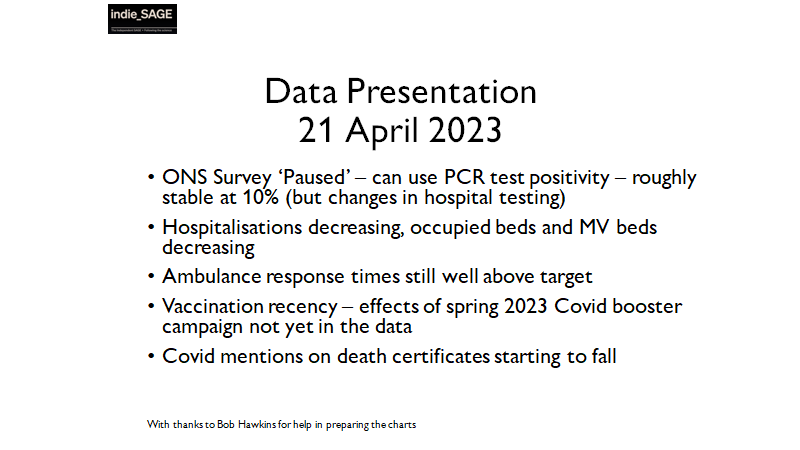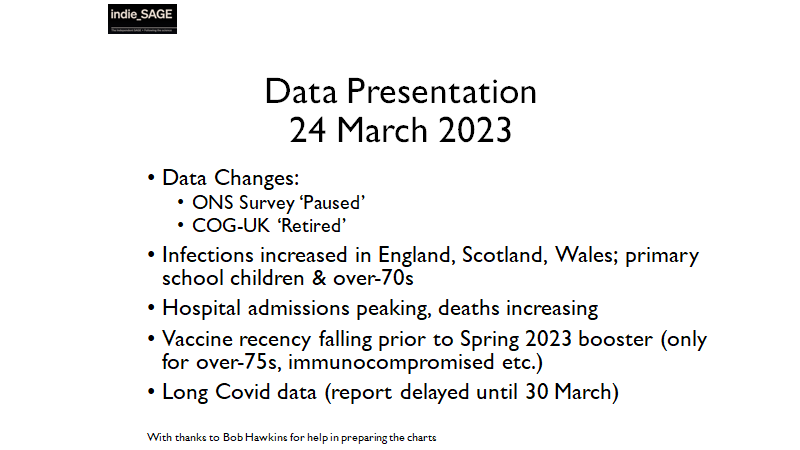(There is surge testing in Bolton, which may explain part of this.)
But cases are very high there with high case rates in children with a bit of a gap then up to 40-44 year olds. (This *could* indicate household transmission between children and their parents.) Fig: @PHE_uk
But cases are very high there with high case rates in children with a bit of a gap then up to 40-44 year olds. (This *could* indicate household transmission between children and their parents.) Fig: @PHE_uk

Increases in cases are not just confined to the under-60s (Fig: PHE dashboard) although the rate of increase is lower in the over-60s. 

Bolton remains the local authority with the highest case rates (these are rolling case numbers over the last week) 

Hospitalizations are starting to increase.
This chart *doesn't* tell us several things
- age
- severity
- vaccination history
This chart *doesn't* tell us several things
- age
- severity
- vaccination history

This is the chart for ICU/HDU.
But treat this chart with caution - these are small numbers increases (1 or 2, and patients may also have other conditions not just Covid).
But treat this chart with caution - these are small numbers increases (1 or 2, and patients may also have other conditions not just Covid).

Detected cases have approximately doubled in the last week (acknowledging there is surge testing taking place) 

Some areas of Bolton have 1% ( 998.5 / 100,000 ) of their population testing positive in the last week. 

But looking at statistics doesn't tell you what's going on on the ground. That's where Directors of Public Health, Health Protection Teams, and journalists come in. Here's an update from @ShaunLintern
independent.co.uk/news/health/bo…
independent.co.uk/news/health/bo…
• • •
Missing some Tweet in this thread? You can try to
force a refresh

























